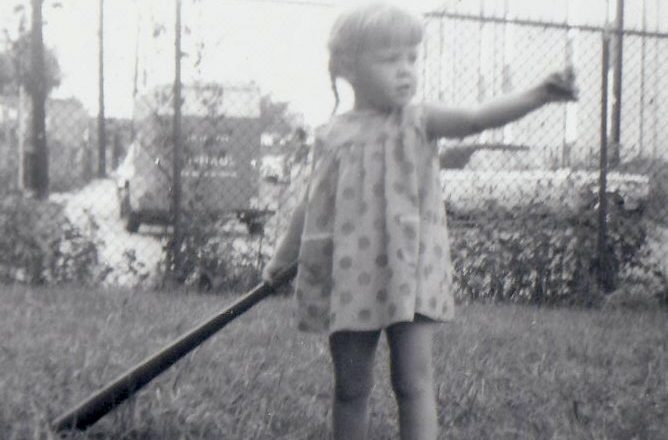Words and Meanings Didn’t Automatically Connect.
Shane is struggling with Honors Spanish 3.
After the first day of school, Shane came home worried. He’d gone from a middle school, non-honors class to a high school honors class overnight, and he didn’t understand anything that was said on the first day.
But the next day, Shane said that nobody understood anything that was being said. And that made him feel better.
Fast forward to the end of the semester. Shane eeked out a B in the class, and a C for the quarter.
As I’d done earlier in the year, I emailed Shane’s Spanish teacher, who is wonderful. I asked for her opinion on how to – or if we should – move forward. Shane could have dropped Spanish 3 for the second semester.
This time, the teacher explained the problem perfectly. She said:
I think the best way for Shane to study is to use the vocabulary we are using in class and create webs or connections between words that are related. He needs to be able to recognize each word and also create relationships between words.
For example, in the unit we are working on now all about work and volunteering, he needs to be able to connect “encargarse” (to be in charge of) with “gerente” (manager) or “llenar” (to fill out) with “solicitud de empleo” (job application). Shane’s issue is that he’s not recognizing “llenar” or “encargarse” so then he doesn’t realize what belongs with it in context.
To be fair, I see no connection between “encargarse” and “gerente” after taking Spanish myself. But reading this struck a chord: Shane is not making meaningful mental connections between Spanish words!
Shane had a vision processing disorder. In his case, maybe words and meanings didn’t automatically connect in his brain. For most kids, this happens seamlessly when they are learning words; the meaning is attached to the word. But for Shane, since his brain processed differently, he learned the words without really grasping the associated concepts.
While Shane certainly can create mental connections now, I think that part of the reason he’s so literal is that everything he learned was literal until he completed vision processing therapy. All the words he learned until the age of nine, when he finished therapy, were “just words.”
Shane started vision processing therapy at age six. An average six-year-old child understands 20,000 to 24,000 words. So if Shane’s “mental connector” was previously faulty, it’s surprising that he has connected as many English meanings as he has to this day! So designating meaning to Spanish words – which originally, for any non-Spanish speaker, are essentially gibberish – would be a real challenge for Shane.
I imagine people think I make excuses for Shane, who “just needs to study harder” or something. And vision processing disorders are so rarely detected and misunderstood. But I watched Shane grow up. I knew him as a toddler, who never wanted to look at a book – who just enjoyed the sounds of the words when I read. I knew he was an “audial learner” before I knew that “audial learner” was a term.
I’ve listened to his questions over the years, about things that some people don’t need to ask – almost exclusively questions that include the phrase, “What does it mean?” Because other than the soft social undertones of speech, Shane can teach himself everything else in the world.
So while Shane’s teacher is encouraging him to visually learn word webs, I am trying an additional tactic. I bought a Spanish CD set, designed for audial learners.
And if it doesn’t work for Shane, I’m going to give it a try.
